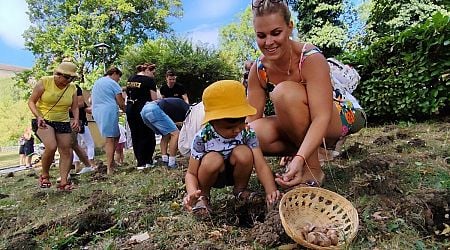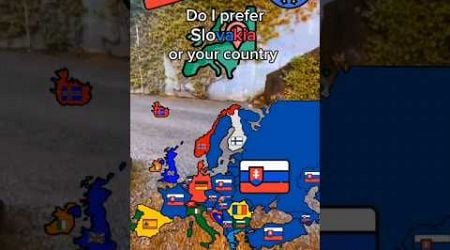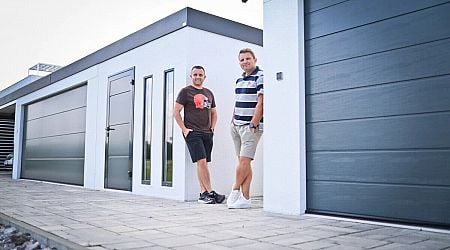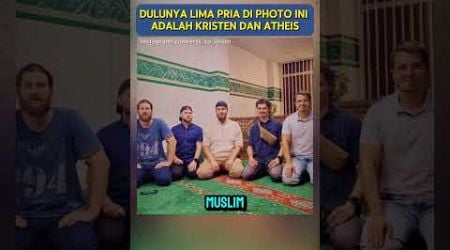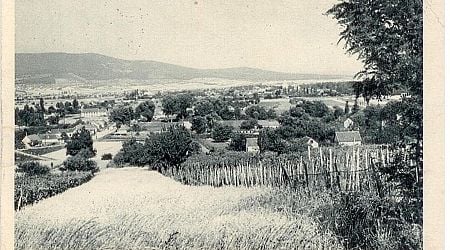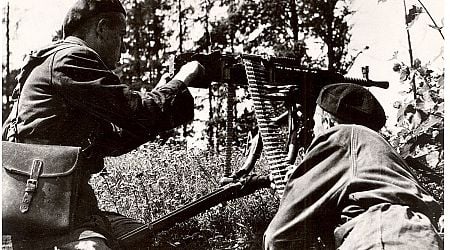News digest: Remembering one of the most important events in the history of Slovakia
What coalition MPs think of Culture Minister, the stories of Americans and Frenchmen during Slovak National Uprising, and a spectacular event for the occasion.
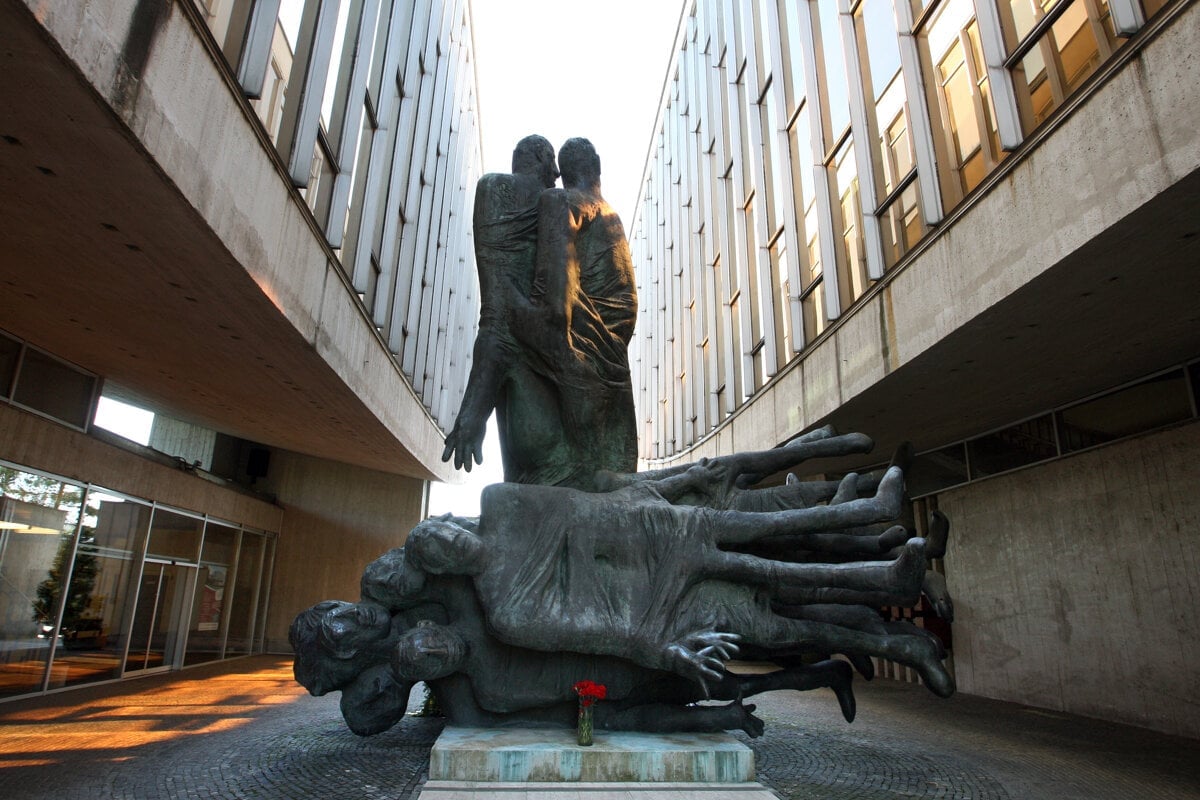
Good evening. Here is the Wednesday, August 28 edition of Today in Slovakia - the main news of the day in less than five minutes.
Don't forget, tomorrow is a national holiday and almost all shops are closed.
Symbol of fight against oppression
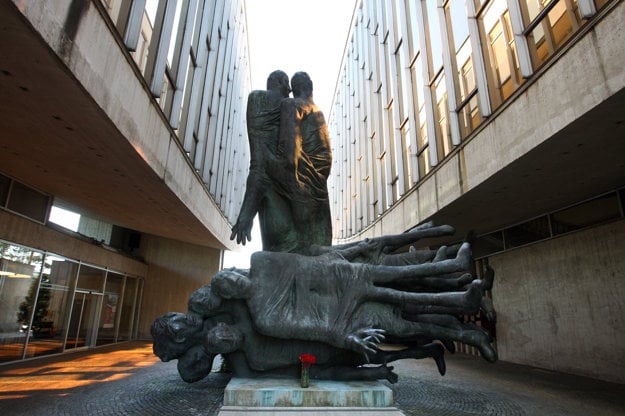 The sculpture called "Victims are Warning" created by Jozef Jankovič in 1969. It depicts the human suffering and victims of war. It is located in the premises of the museum. (Source: SME)
The sculpture called "Victims are Warning" created by Jozef Jankovič in 1969. It depicts the human suffering and victims of war. It is located in the premises of the museum. (Source: SME)On August 29, Slovakia celebrates the Slovak National Uprising (SNP), one of the largest armed uprisings during World War II, as well as one of the most important events in the history of Slovakia.
SNP was an expression of resistance against the Nazi occupation and the openly collaborating pro-Hitler Slovak government and then president Jozef Tiso. The politicians dragged the country into wars against Poland and the Soviet Union, and restricted the civil and human rights of its own population.
The event is considered a symbol of the fight against the Nazi oppression and the determination to achieve a freer and more democratic Slovakia. By rising up, Slovaks wanted to show to the world that most of the nation supported the Allies, not the official government of the country.
Many Slovaks were dissatisfied with the loss of rights and freedoms, and disapproved of the deportations of Jews to death camps, as well as German military actions. These were the driving force behind the rise of general discontent.
The town of Banská Bystrica became the main centre of the uprising; Slovak Army Lieutenant Colonel General Ján Golian issued the code "Start to move out" for military units on the evening of August 29, 1944, which signalled the start of active military defence against the Nazi occupation.
At the time when SNP began, the insurgents controlled a significant part of what was then central Slovakia. An illegal insurgent radio station was established, which broadcast from Banská Bystrica and reported on events in the insurgent territory. The rebel army consisted of approximately 60,000 soldiers and thousands of guerrillas. Not only Slovak soldiers joined the SNP, but also foreign soldiers from many different nations, including Spaniards, Italians, Belgians, Dutch, Romanians and Serbs. Even Kazakhs and Tajiks joined in the fighting.
MORE STORIES FROM THE SLOVAK SPECTATOR WEBSITE
- CULTURE: Even coalition MPs say Šimkovičová is terrible, claims shadow culture minister.
- TRAVEL: Extra carriages, trains laid on ahead of the start of the next school year.
- SLOVAK NATIONAL UPRISING: In the heart of the Uprising: The tragic tale of America's mission.
- HISTORY TALKS: Tax dodging is as old as viticulture itself.
- TRADITION: Bojnice used to grow one of the most expensive spices, tradition now returns after 200 years.
If you like what we are doing and want to support good journalism, buy our online subscription with no ads and a print copy of The Slovak Spectator sent to your home in Slovakia. Thank you.
FEATURE STORY
French heroes in Slovak uniforms
 French partisans in combat action near Strečno in 1944. (Source: SLOVAK NATIONAL LIBRARY – LITERARY ARCHIVE (SIGN. SOC 2/185))
French partisans in combat action near Strečno in 1944. (Source: SLOVAK NATIONAL LIBRARY – LITERARY ARCHIVE (SIGN. SOC 2/185))The French were among the most numerous nationalities involved in the Slovak National Uprising, an armed two-month anti-Nazi operation, even though their homeland was hundreds of kilometres away. Despite a lack of equipment and only brief training, the French fought several difficult battles, in which they managed to slow the advance of German forces.
Didier Rogasik, the press attaché of the French Embassy in Bratislava, who has been studying the role of the French in the SNP for several years, explains how they made their way to Slovakia, how they integrated into the rebel army, and what fate awaited them later.
EVENT FOR TODAY AND TOMORROW
Join in on the SNP celebrations
 Celebrations of the 80th anniversary of the Slovak National Uprising in Banská Bystrica. (Source: TASR)
Celebrations of the 80th anniversary of the Slovak National Uprising in Banská Bystrica. (Source: TASR)On the occasion of the 80th anniversary of the Slovak National Uprising, celebrations are taking place in Banská Bystrica, central Slovakia, on August 28-29, offering rich programme.
On Wednesday, the Slovak National Uprising Museum will open its gates to visitors for free. The programme includes a column of historical vehicles, as well as meeting with the uprising veterans. On Thursday, the museum will open once again; moreover, there will be commemorative laying of wreaths, music programme and later, a military parade. For more information, click here.
IN OTHER NEWS
- Slovakia will purchase six mobile air-defence systems from Israel, with the price estimated at more than €554 million. The Slovak Defence Ministry is expected to sign an intergovernmental agreement with Israel by the end of October. According to materials, the systems are the most advantageous from the economic, technical and time point of view. The first of the systems will arrive in late 2025. (TASR)
- Former boxer and MP Viliam Tankó has decided to leave the Slovensko movement (formerly OĽaNO) and will porbably become an independent MP as he does not want to comment on his joining any other party caucus in Parliament. However, Slovensko MPs are afraid that he might start supporting the governing coalition. Tankó will not be the only MP that will change caucus. Non-parliamentary party Demokrati will have its first MP, stated its chair Jaroslav Naď on Sunday without providing any further detail. However, it will not be Tankó. (SME)
- Slovak authorities have revoked temporary protection for pro-Russian Ukrainian politician and businessman Artyom Marchevsky, who is on the Czech sanctions list. Marchevsky is alleged to have bribed European politicians. (Deník N.cz)
- On September 27, Slovak President Peter Pellegrini and his Czech counterpart Petr Pavel will unveil a new astronomical clock on the grounds of the National Czech and Slovak Museum and Library (NCSML) in Iowa, US. The clock, made in the style of the one at the Old Town Hall in Prague, will form part of a clock tower built nearly 30 years ago. It will feature 12 approximately one metre tall wooden figures carved by Slovak artist and sculptor Andrej Haršány; they represent stories of immigrants and will move every hour to music by Czech composers Antonín Dvořák and Bedřich Smetana. (TASR)
- Slovakia does not accept the recommendation of the UN Human Rights Council to refrain from any measures aimed at intimidating judges and members of the anti-corruption police, the media, civil society organisations and human rights defenders. According to the government, the country does not register activities leading to intimidation on the part of the state that would be covered by the recommendation. (SITA)
 Inspection of a hive ahead of the autumn season in the village of Strečno near Žilina, north Slovakia. (Source: TASR)
Inspection of a hive ahead of the autumn season in the village of Strečno near Žilina, north Slovakia. (Source: TASR)WEATHER FOR THURSDAY AND FRIDAY: Expect generally sunny weather, but occasionally in some places cloud cover might increase with showers and rain. Daily temperatures between 30 °C to 35 °C, in Orava region and around Tatras 28 °C. Level 1 and 2 high temperature warning issued for districts in western, southern and eastern Slovakia, see map here. (SHMÚ)
AUGUST 29 NAME DAY: Nikola, Nikolaj.
AUGUST 30 NAME DAY: Ružena
Thank you for subscribing and reading. It means a lot to us.
P.S. If you have suggestions on how our news overview can be improved, you can reach us at editorial@spectator.sk.
Follow The Slovak Spectator on Facebook, LinkedIn and Instagram (@slovakspectator).




















